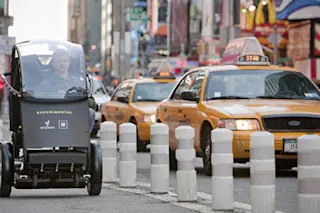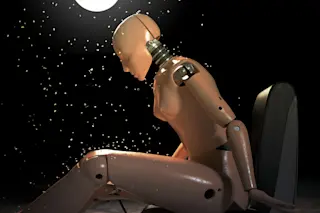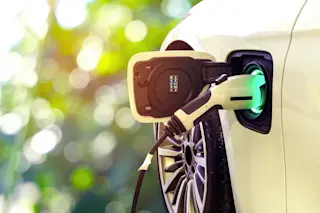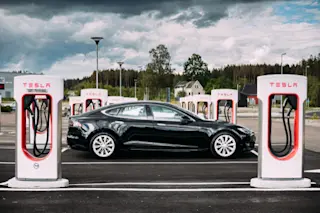General Motors and Segway have unveiled the prototype of their new collaborative effort: a tiny electric vehicle that the companies say could, maybe, one day, revolutionize urban transportation. The two-seated, two-wheeled pod is called PUMA, which stands for Personal Urban Mobility and Accessibility. G.M. executive Larry Burns says the PUMA is part of the company's
effort to remake itself as a purveyor of fuel-efficient vehicles. If Hummer took GM to the large-vehicle extreme, Burns said, the PUMA takes GM to the other [AP].
The companies will show off the PUMA at the New York International Auto Show this week, but say there's a lot of work to be done before it will show up on city streets.
“This is a prototype, not a product,” said [James] Norrod of Segway. “We have not made a decision to commercialize it” [The New York Times blog].
But if all goes well, the PUMA ...














